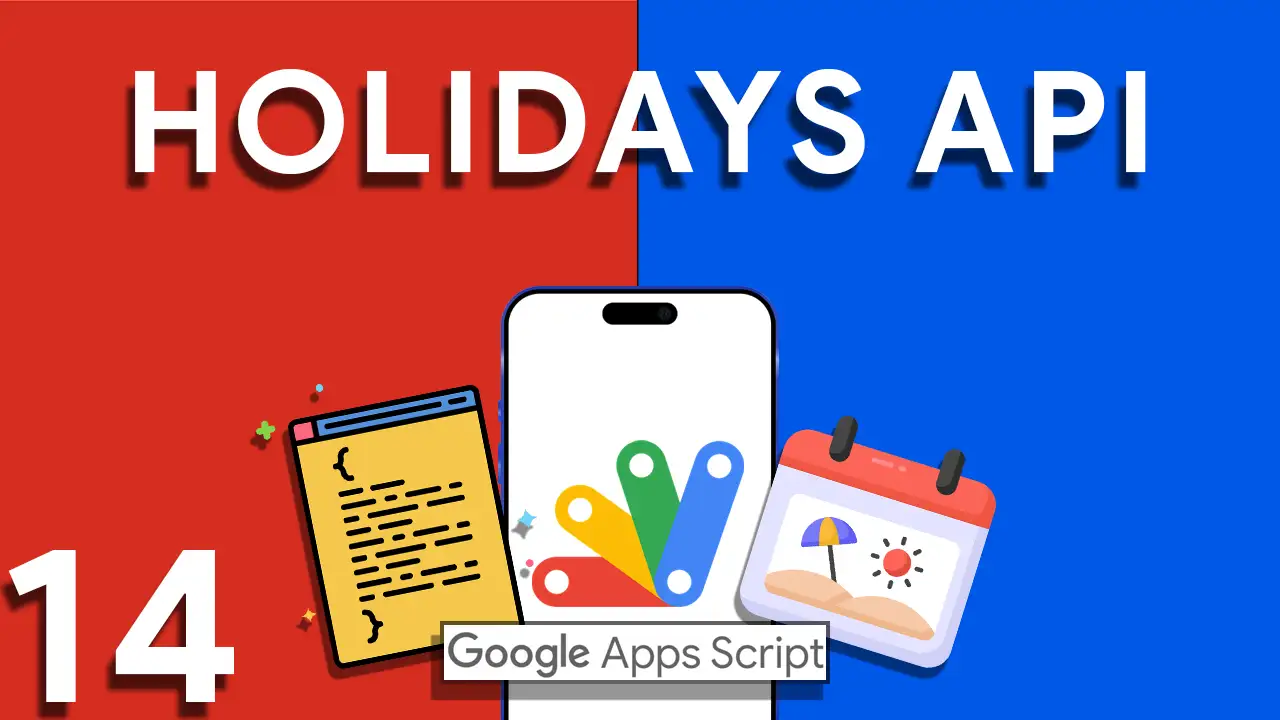In the fast-paced world of logistics and inventory management, efficiency and accuracy are paramount. QR codes have emerged as a pivotal tool in achieving these objectives, offering a quick and reliable method for tracking and accessing data. AppSheet, with its versatile no-code platform, enables users to generate QR codes in batch, simplifying processes like inventory checks, asset tracking, and shipment processing. This guide will walk you through setting up batch QR code generation in AppSheet, ensuring you can leverage this functionality to its fullest potential.
The Advantage of Batch QR Code Generation
Generating QR codes in batch on a single page offers numerous advantages for logistics and other sectors:
- Efficiency: Streamlines the process of creating and printing QR codes for multiple items simultaneously.
- Accuracy: Reduces the risk of errors in manual data entry or labeling.
- Convenience: Facilitates easy scanning and access to information, improving workflow and productivity.
Setting Up Batch QR Code Generation in AppSheet
Implementing batch QR code generation involves several key steps, from data preparation to QR code display and printing. Here’s how to get started:
1. Data Preparation
Ensure your AppSheet app has access to structured data for the items requiring QR codes. Each row should represent a unique item or entity, with all necessary information included.
2. Generating QR Codes
AppSheet allows for dynamic QR code generation using image formula columns. For each item, you can use a formula to generate a QR code based on specific data fields. For example:
CONCATENATE("https://api.qrserver.com/v1/create-qr-code/?size=150x150&data=", ENCODEURL([YourDataField]))Replace [YourDataField] with the column name that contains the unique data you want to encode in the QR code, such as a unique ID, URL, or other relevant information.
3. Creating a Composite View for Batch Display
To display multiple QR codes on a single page:
- Create a Dashboard View: Utilize AppSheet’s dashboard view to aggregate multiple views of your QR code image columns.
- Configure the Layout: Adjust the layout to display QR codes in a grid or list format, ensuring they are easily scannable.
4. Printing Batch QR Codes
Once your QR codes are displayed on a single page within the AppSheet dashboard, use your browser or operating system’s print function to print the page. Ensure the print settings are optimized for QR code readability.
Practical Applications
- Inventory Management: Generate QR codes for new stock items in batch for easy labeling and tracking.
- Asset Tracking: Create QR codes for assets to streamline checking in and out processes.
- Shipment Processing: Use QR codes to link to shipment details, enhancing the efficiency of shipping and receiving.
Tips for Success
- High-Quality Images: Ensure QR codes are generated in high resolution for easy scanning.
- Relevant Data Encoding: Include only the most relevant information in your QR codes to simplify access and processing.
- Regular Updates: Keep your data source updated to ensure QR codes remain accurate and functional.
Conclusion
Batch QR code generation in AppSheet is a game-changer for logistics and various other sectors, offering an efficient, accurate, and convenient solution for managing vast quantities of items. By following this guide, you can harness the power of QR codes to enhance your operational workflows, improve data accessibility, and significantly boost productivity.







